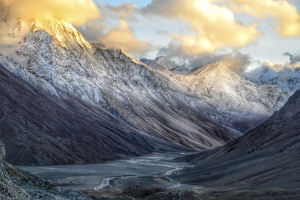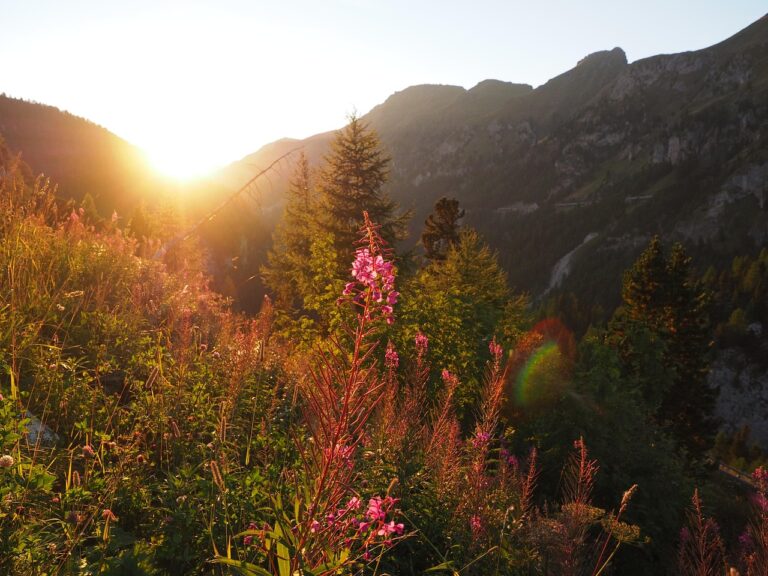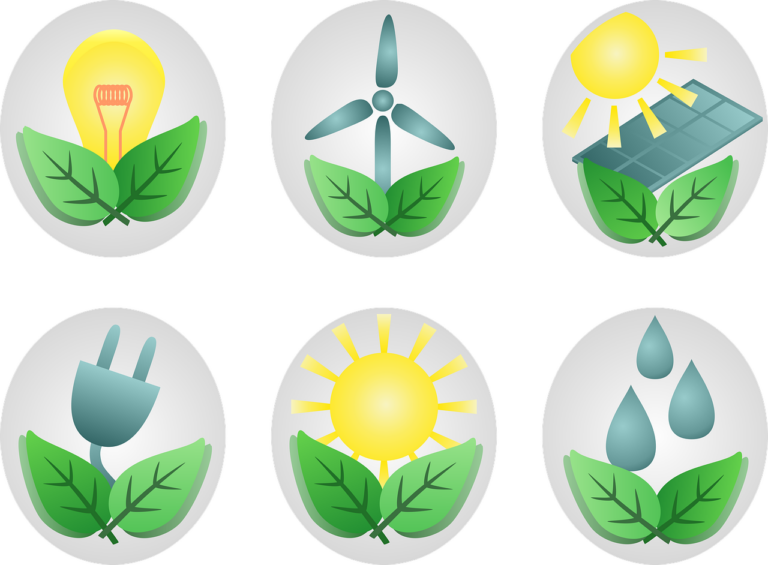
New Delhi: Studies carried out by the government have reported “accelerated heterogeneous mass loss” in Himalayan glaciers, the Minister of State (Independent Charge) for Earth Sciences Dr Jitendra Singh stated in a written reply in Lok Sabha today.
Dr Singh said that the mean retreat rate of Hindu Kush Himalayan glaciers is 14.9 ± 15.1 meter/annum (m/a); which varies from 12.7 ± 13.2 m/a in Indus, 15.5 ± 14.4 m/a in Ganga and 20.2 ± 19.7 m/a in Brahmaputra river basins. However, glaciers in the Karakoram region have shown comparatively minor length change (-1.37 ± 22.8 m/a), indicating stable conditions.
He informed that the Ministry of Earth Sciences (MoES) through the National Centre for Polar and Ocean Research (NCPOR) has been monitoring six glaciers in the Chandra basin (2437km2 area) in the western Himalayas since 2013 and has observed the rate of annual mass balance (melting) ranging from -0.3±0.06 meter water equivalent per year (m w.e.y-1)to -1.13±0.22mw.e.y-1 during 2013-2020. Similarly, it observed a mean thinning of ~50±11 m with a mean annual mass loss of –1.09± 0.32 m w.e. a–1 for the Baspa basin during 2000-2011.
The Minister said a state-of-the-art field research station ‘Himansh’ was established in the Chandra basin and operational since 2016 for conducting field experiments and expeditions to glaciers.
He further stated that several Indian institutes/universities/organizations including the Geological Survey of India (GSI), Wadia Institute of Himalayan Geology(WIHG), National Centre for Polar and Ocean Research (NCPOR), National Institute of Hydrology(NIH), Space Application Centre (SAC), Indian Institute of Science (IISc) etc.) have been monitoring Himalayan glaciers for various scientific studies including glacier melting.
GSI, he said, has conducted studies on melting of the glaciers by assessment of mass balance on nine glaciers and also carried out monitoring the recession/ advancement of 76 glaciers in the Himalayan region. A majority of Himalayan glaciers are observed melting/ retreating at varying rates in different regions.
Department of Science and Technology (DST) has supported various Research and Development projects for studying Himalayan Glaciers under the National Mission for Sustaining Himalayan Ecosystem (NMSHE) and National Mission on Strategic Knowledge for Climate Change (NMSKCC). The mass balance studies conducted for some Himalayan glaciers by the University of Kashmir, Sikkim University, IISc and WIHG, revealed that the majority of Himalayan glaciers are melting or retreating at varying rates.
WIHG is monitoring a few glaciers in Uttarakhand, which reveal that the Dokriani Glacier in the Bhagirathi basin is retreating at 15-20 m/a since 1995, whereas Chorabari Glacier in the Mandakini basin is retreating at 9-11 m/a during 2003-2017. WIHG is also monitoring Durung-Drung and Pensilungpa glaciers in the Suru basin, Ladakh, which are retreating at 12 m/a and ~ 5.6 m/a, respectively. NIH has been conducting several studies for the assessment of runoff from the melting of glaciers at catchment and basin scales across the Himalayas.
Melting glaciers have a significant impact on water resources of Himalayan rivers due to changes in glacier basin hydrology, downstream water budget, impact on hydropower plants due to variation in discharge, flash flood and sedimentation. They also increase in risk related to glacier hazards due to enhanced number and volume of glacier lakes, accelerated flash flood and Glacial Lake Outburst Floods (GLOFs), impact on agro practices in the high Himalayan region etc.
Divecha Centre for Climate Change, IISc Bangalore under the aegis of DST has investigated the Satluj River basin and reported that there will be an increase in glacier melt contribution until the middle of the century and then there will be a decline. Numerous small glaciers located in the low altitude region of the Satluj basin indicate a significant loss in the area till the middle of the century, creating a scarcity of water during the dry summer season.
Dr Singh said the melting of glaciers is a natural process and cannot be controlled, however, it does increase the risks related to glacier hazards. Various Indian institutes, organizations and universities are monitoring the Himalayan glaciers using remote sensing data on a large scale to assess the calamities associated with the melting. Recently, the National Disaster Management Authority (NDMA) in collaboration with the Swiss Development Corporation (SDC), prepared the Guidelines, Compendium and Summary for Policy Makers on the management of the Glacial Lake Outburst Floods (GLOFs).
– global bihari bureau





